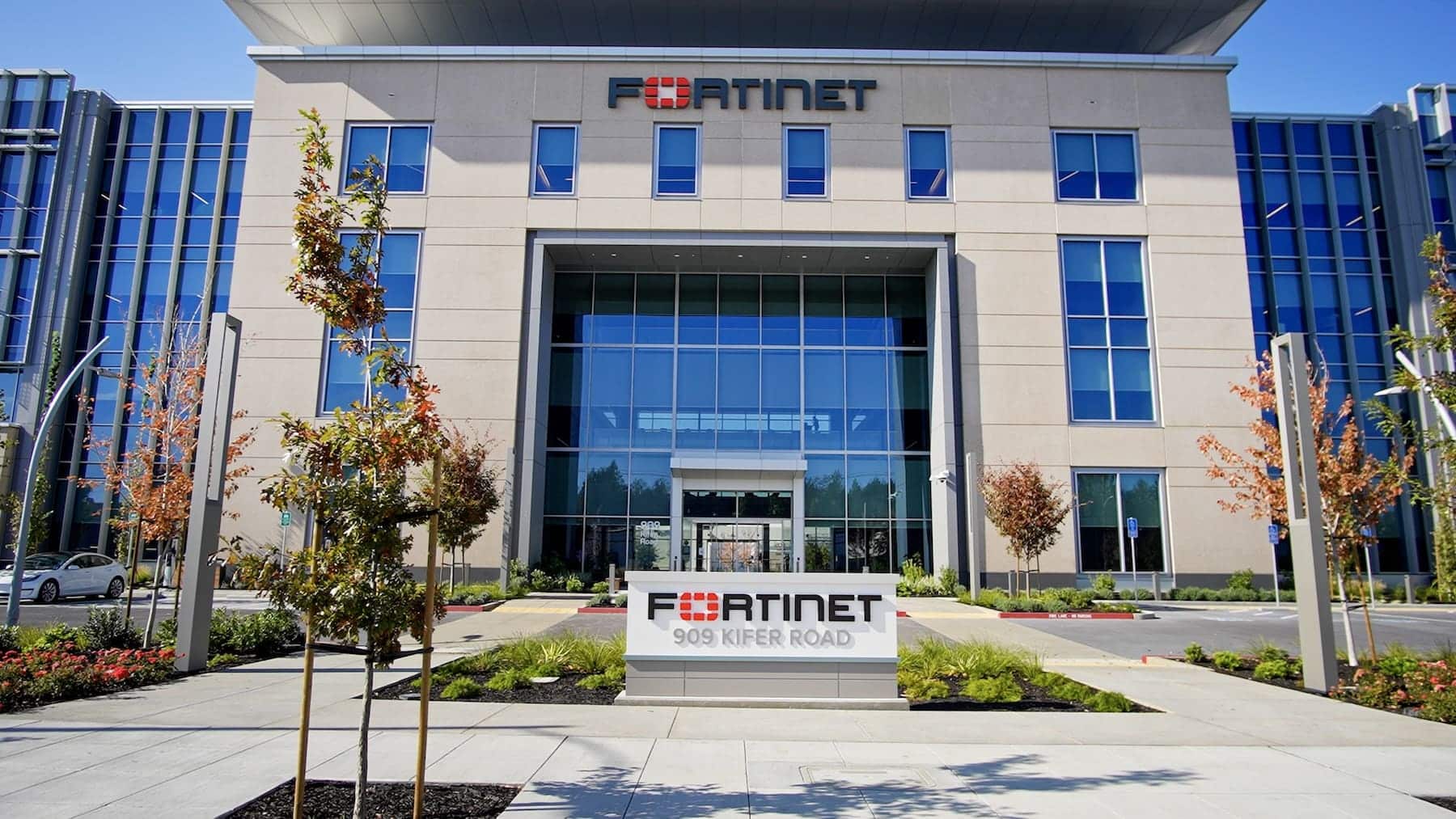Fortinet (NASDAQ: FTNT), a global leader in cybersecurity and network-security convergence, has announced a strategic expansion of its global FortiCloud infrastructure, introducing three new native security services: FortiIdentity, FortiDrive, and FortiConnect. The company is strengthening its commitment to unify access management, secure file storage, and protected communications within a single integrated platform, avoiding reliance on point solutions with security added as an accessory.
According to Michael Xie, founder, president, and CTO of Fortinet, “these new services extend the power of Fortinet Security Fabric to daily productivity and access control, simplifying operations, reducing vendor sprawl, and enabling scaled hybrid work.”
A deployment supported by its own global infrastructure
Fortinet backs this expansion with ongoing investments in its hybrid global infrastructure, including proprietary data centers in Atlanta, Chicago, New York, Plano, Frankfurt, Sydney, and Torija (Spain). These facilities are designed to deliver low-latency services and meet data sovereignty requirements, allowing organizations to keep information within their jurisdiction.
In addition, more than 160 points of presence (PoPs), distributed through providers like Google Cloud, AWS, and Digital Realty, ensure secure, high-performance edge services delivery. Fortinet also offers its solutions through major cloud marketplaces (AWS, Azure, and Google Cloud), enhancing resilience, geographic flexibility, and global access to its cloud security services.
The three new FortiCloud services
1. FortiIdentity
FortiIdentity brings Fortinet’s identity and access management (IAM) solution to the cloud environment. It provides single sign-on (SSO), multi-factor authentication (MFA), FIDO2 credentials, and identity federation with Fortinet and third-party applications. Compatible with FortiToken Mobile and SAML/OIDC standards, it simplifies identity management and scales easily for enterprises and managed service providers (MSPs). It also includes FortiPAM-as-a-Service, providing continuous access verification under a Zero Trust Network Access (ZTNA) model to protect privileged accounts.
2. FortiDrive
FortiDrive is Fortinet’s secure storage and enterprise collaboration solution. It protects data at rest and in transit through advanced encryption and granular access controls. It enables real-time co-editing and sharing of files and folders, with version history and site management by team or project, and incorporates role-based compliance policies and minimal privilege principles.
3. FortiConnect
FortiConnect is a unified secure communications platform that integrates voice calls, messaging, meetings, and file sharing from any location, with threat protection powered by FortiGuard Labs’ AI-based intelligence. It integrates with FortiDrive to create a protected end-to-end collaborative environment.
All three services are natively integrated into Fortinet Security Fabric, offering centralized visibility, consistent policy enforcement, and real-time threat protection for users, devices, applications, data, and AI agents.
A unified platform strategy
The FortiCloud expansion aligns with Fortinet’s strategy to consolidate tools, enhance security posture, and reduce total cost of ownership. Its unified platform model simplifies policy application and protection in hybrid environments, reducing operational complexity.
This integration also addresses a shift in enterprise demand: more organizations seek cloud services with built-in security, aiming to avoid additional layers and dependence on multiple providers.
Market competition and differentiation
With this move, Fortinet positions itself against giants like Microsoft, Google, and Cisco, which also offer integrated collaboration, storage, and identity management solutions. However, Fortinet emphasizes security as a core aspect of its service, not just an add-on—potentially a key differentiator for high-compliance, complex hybrid environments.
Unlike general productivity platforms, FortiCloud is a native security ecosystem that integrates with network, endpoints, and infrastructure under the Fortinet Security Fabric umbrella.
Ongoing investment and future vision
Fortinet will continue expanding its PoPs and developing new services within FortiCloud, which already includes solutions like FortiSASE, FortiAppSec, FortiCNAPP, FortiSOC, FortiMail, and FortiAIOps. This approach underlines its commitment to delivering optimal application and security experiences wherever clients operate.
In summary
With FortiIdentity, FortiDrive, and FortiConnect, Fortinet advances its goal to unify security and enterprise productivity in the cloud. This deep integration, supported by its own global infrastructure, could serve as a significant differentiator compared to providers relying on layered security solutions.
The focus is particularly relevant for hybrid and distributed environments, where unified access management, data protection, and secure collaboration are essential for business continuity and regulatory compliance.
FAQs
1. Does FortiCloud replace platforms like Google Drive or Microsoft OneDrive?
Not exactly. FortiCloud offers similar storage and collaboration features but with native security and advanced controls integrated into Fortinet Security Fabric.
2. What sets FortiIdentity apart from other IAM solutions?
It’s designed to be natively integrated within Fortinet’s ecosystem, supporting open standards and additional modules like FortiPAM for privileged access protection.
3. Does FortiConnect compete with tools like Microsoft Teams or Zoom?
Yes, but with a different focus: it provides unified communications with encryption and real-time threat protection, integrated directly into the Fortinet ecosystem.
4. Is FortiCloud available worldwide?
Yes, with proprietary data centers across regions and over 160 PoPs through strategic partnerships to ensure low latency and compliance with data sovereignty requirements.

